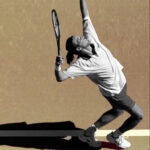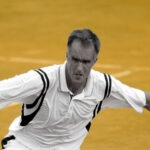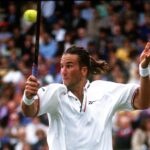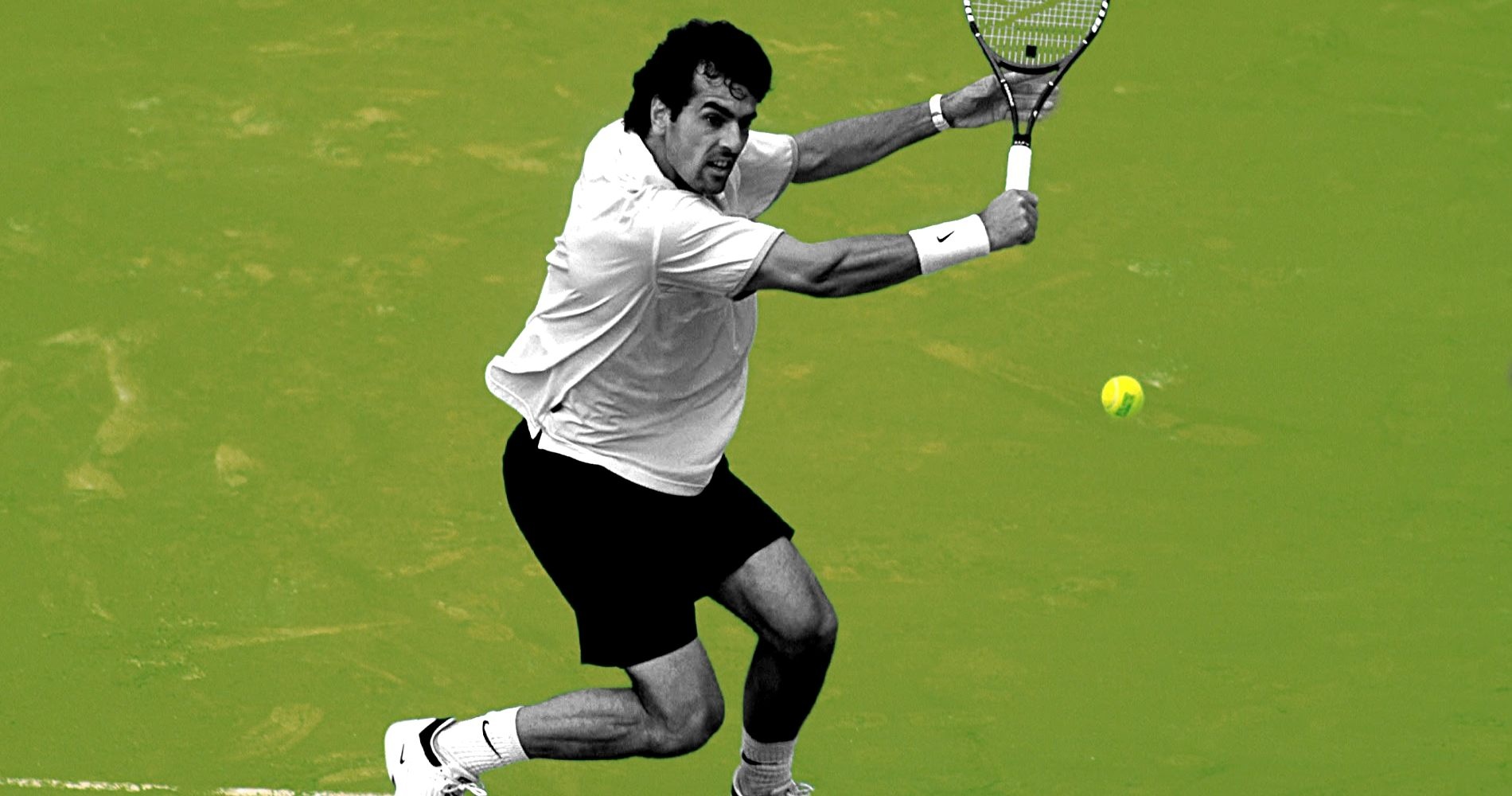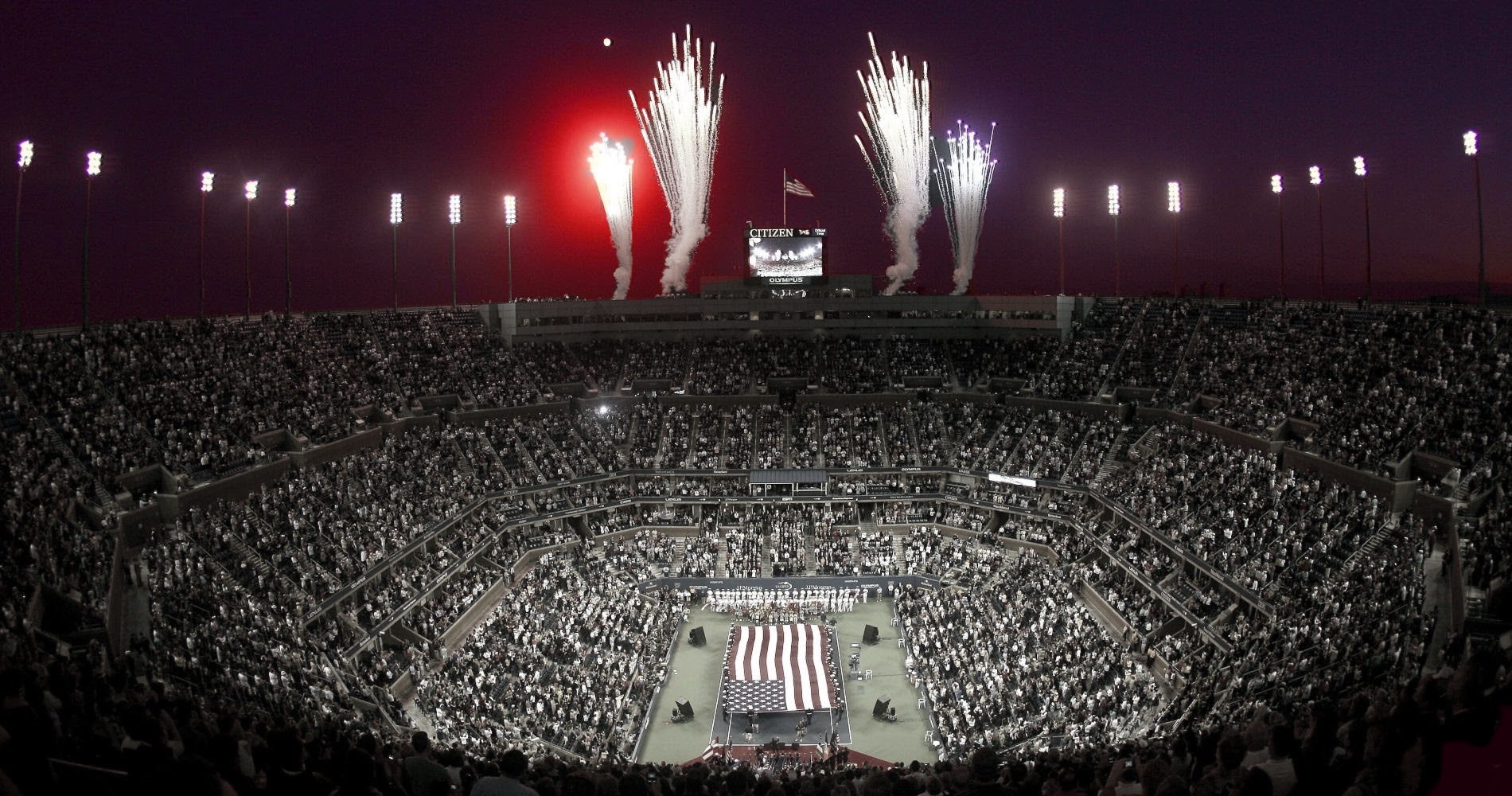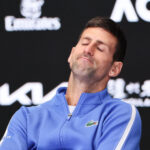August 31, 1999: The day Pat Rafter was forced to give up his crown in the opening round of the US Open
Hampered by a painful shoulder and an in-form Cedric Pioline, Pat Rafter retired in the deciding set in the first round of the US Open on this day in 1999, leaving the court to a flurry of boos from the crowd
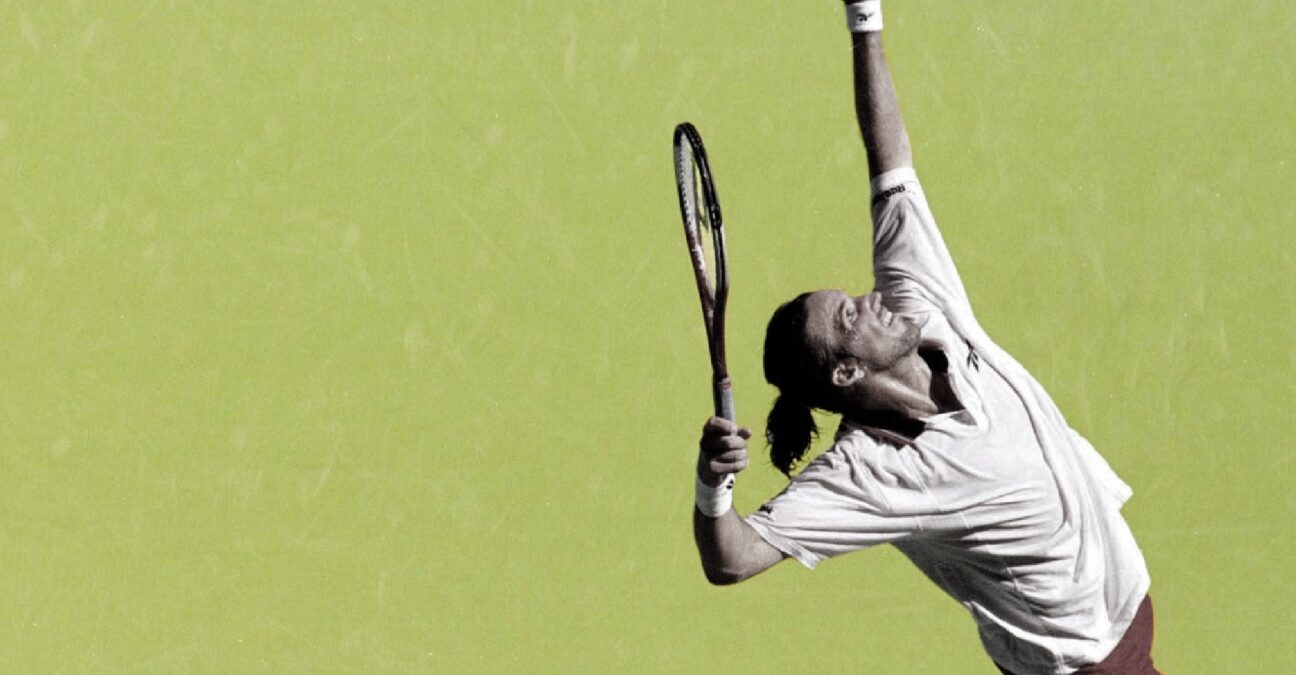 Le jour où Patrick Rafter a abandonné au 1er tour de l’US Open
Le jour où Patrick Rafter a abandonné au 1er tour de l’US Open
What happened exactly on that day?
On this day, August 31 in1999, Pat Rafter became the first defending champion in US Open history to be defeated in the opening round. The Australian, who had claimed consecutive titles in New York in 1997 and 1998, was forced to retire in the beginning of the fifth set due to shoulder injury after his opponent, Frenchman Cedric Pioline, had come back from two sets to love down. Although Rafter was known for his fair play and sportsmanship, the Australian was harshly booed by the Arthur Ashe Stadium audience, who didn’t really understand what had just happened.
The players involved: Patrick Rafter and Cedric Pioline
- Pat Rafter: The two-time defending US Open champion
Pat Rafter was born in 1972 and turned pro in 1991. The Australian had not achieved any remarkable results early in his career, claiming only one title before 1997 (the Manchester Open in 1994). He had reached his highest ranking of No 21 in 1994 and had spent most of his time outside the top 40. In 1997, his career suddenly took off when he reached the semi-final at Roland-Garros, where he was defeated by clay court maestro Sergi Bruguera (6-7, 6-1, 7-5, 7-6). A few months later, after reaching the finals in Indianapolis and Long Island, he claimed the US Open title to the surprise of many. It was only his second career singles title ever! En route to the title, Rafter had defeated Andre Agassi (then No 63, 6-3, 7-6, 4-6, 6-3), world No 2 Michael Chang (6-3, 6-3, 6-4) and Greg Rusedski in the final (6-3, 6-2, 4-6, 7-5).
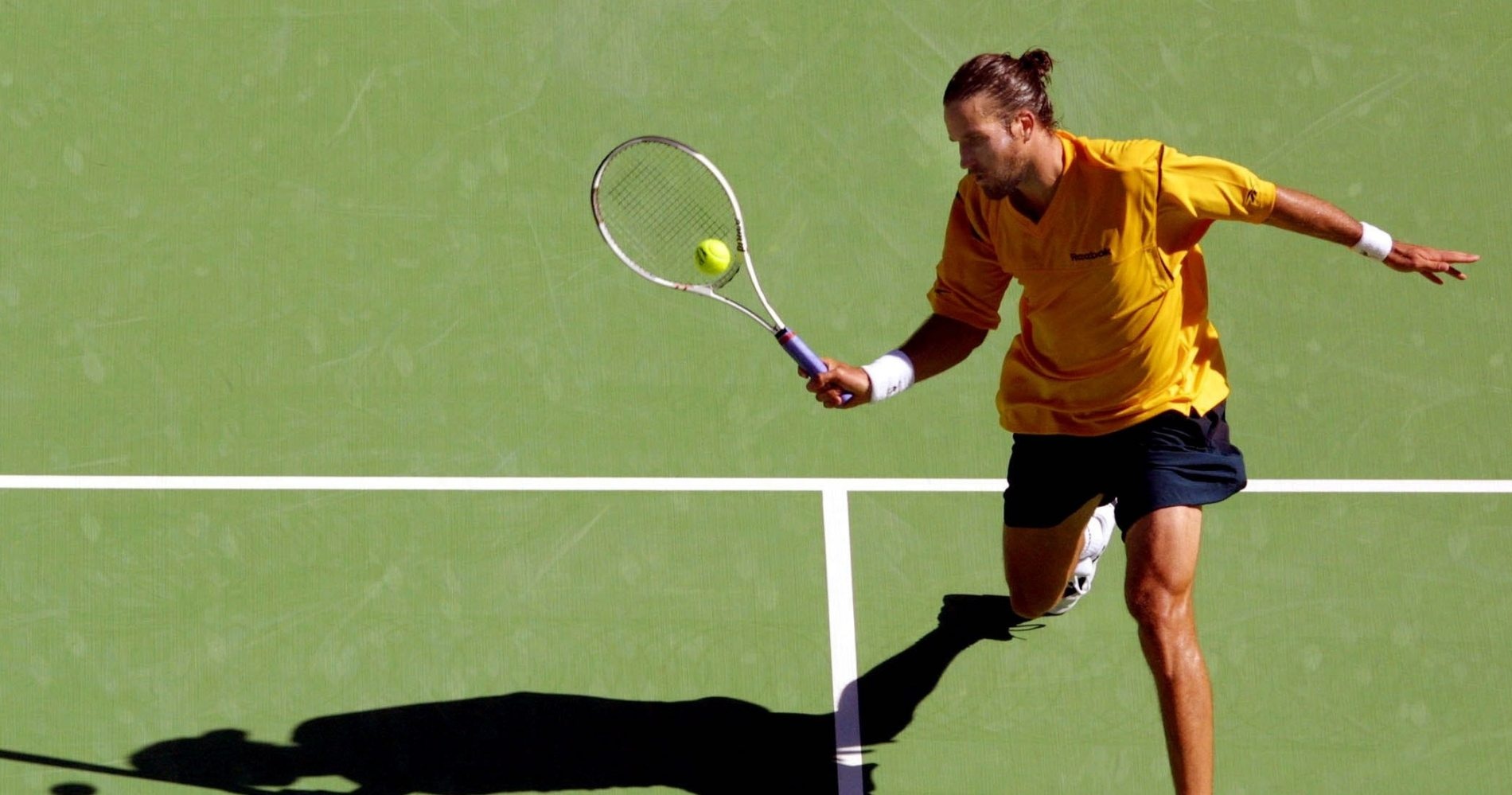
In 1998, his disappointing results in the first half of the season made John McEnroe criticize him as a one-Slam winner and Pete Sampras stated that he would need a second Major title to be called a great player. As a response, in the summer of1998, Rafter would claim the titles in Toronto and Cincinnati (beating Sampras in the final, 1-6, 7-6, 6-4). Riding the wave of confidence, Rafter would conquer a second US Open crown, defeating Pistol Pete a second time (6-7, 6-4, 2-6, 6-4, 6-3) before he beat fellow Australian Mark Philippoussis (6-3, 3-6, 6-2, 6-0) in the first all-Australian Grand Slam final since 1970. In July 1999, shortly after reaching the semi-final at Wimbledon, he became world No 1 for one week, before being overtaken by Andre Agassi. He was described by Bud Collins as “a humble man known for a gracious manner on the court, great generosity and a gentlemanly demeanour at all times”.
- Cedric Pioline: The two-time Grand Slam runner-up from France
Cedric Pioline was born in 1969. He entered the top 100 in 1991, and obtained his first remarkable result the next year, reaching his first final on the tour in Lyon (lost to Pete Sampras, 6-4, 6-2). His breakthrough year came in 1993, when he finished runner-up at the Monte-Carlo Open (defeated by Bruguera, 7-6, 6-0), and more importantly, he made his way to the US Open final, where he was once again beaten by Sampras (6-4, 6-4, 6-3). A few months after this outstanding performance, the Frenchman reached a career-high ranking of world No 9.

In the following years, Pioline did not manage to establish himself as a consistent top 10 player, but he was never to be counted out at the big tournaments. Not only did he claim three ATP titles and reach several finals, but the Frenchman also reached a second Grand Slam final, at Wimbledon in 1997, where Sampras prevailed against him (6-4, 6-2, 6-4). In 1998, the Frenchman reached the Roland-Garros semi-final (defeated by Alex Corretja, 6-3, 6-4, 6-2), and in 1999, he made his way to the Wimbledon quarter-finals (lost to Tim Henman, 6-4, 6-2, 4-6, 6-3). At the start of the 1999 US Open, Pioline was ranked No 26 in the world.
The Venue: US Open, New York
The US Open (known as the US Nationals before 1968 and the start of the Open Era), was established in 1881, and, although it is the only Grand Slam to have been played every single year without an interruption since its inception, the tournament has moved locations several times throughout the 20th century. First held in August 1881 on grass courts at the Newport Casino on Rhode Island, the tournament moved to New York in 1915, where it was held at the West Side Tennis Club at Forest Hills until 1977 (with the exception of years 1921-1923, when the event was held in Philadelphia). At Forest Hills, the Center Court built in 1924 could host 14,000 spectators.
In 1978, the US Open left the West Side Tennis Club, which was now too small for such an important event, and moved to the USTA National Tennis Center located in Flushing Meadows, New York. The USTA National Tennis Center was one of the biggest tennis complexes in the world: its Centre Court was the Louis Armstrong Stadium, which had a capacity of 14,000 spectators. In 1997, a new centre court, the Arthur Ashe Stadium, was inaugurated and with 23,000 seats, it is the biggest tennis arena in the world.
The facts: Rafter creates history, but for the wrong reason
In the eyes of tennis experts, the 1999 US Open, was a big challenge for Pat Rafter. The pony-tailed Australian, the two-time defending champion in New York, had become world No 1 for only one week in July, becoming one of five players to hold that spot since the beginning of the season (along with Sampras, Carlos Moya, Yevgeny Kafelnikov and Andre Agassi). His very short reign had drawn criticism upon him as well as the ranking system, and he knew that only a great performance in New York would silence the critics. He was in good shape in Cincinnati, where he had reached the final (only defeated by Sampras, 7-6, 6-3), but unfortunately, he suffered from shoulder tendinitis in the following weeks. In his final warm-up tournament, in Indianapolis, he was forced to withdraw before his third round against Jan Siemerink.
Facing former US Open runner-up Cedric Pioline in the first round was not an easy start for Rafter. Nevertheless, despite a painful shoulder and a tough opponent, the Aussie got off to a great start and took the two first sets, 6-4, 6-4. Yet, as the match went on, his serves became slower and slower, ruining his serve-and-volley tactics and allowing Pioline to dictate the game. The Frenchman leveled the match by winning the third and fourth sets, 6-3, 7-5.
At the start of the deciding set, after Pioline broke his serve, Rafter decided that he was in too much pain to continue. Walking to the net, he went to shake his opponent’s hand. The Arthur Ashe Stadium public was not at all happy about his default, and the fans unfairly booed the two-time US Open champion as he left the arena.
“Once one person starts booing I guess the rest of them do,” said Rafter, quoted by The New York Post. “It’s very sad. I mean, what can I do? It is very disappointing. I played here the last two years. I had very good reception. To be booed off, that hurts, no doubt about it.”
Even his opponent was not impressed by the spectator’s reaction.
“I didn’t think that was fair,” Pioline said, according to The Los Angeles Times. “If he gave up, it is because he had a serious problem. I mean, he’s defending champion here. He won the last two years. He loved the tournament. I think it’s not fair from the crowd.”
For the first time in the history of the US Open, the defending champion was knocked out in the first round. It was also only the third time in the history of the game that a defending Grand Slam champion did not advance to the second round.
What next? Pioline goes on to reach the semi-finals
Cedric Pioline would go on to reach the semi-finals of the 1999 US Open. In the quarter-finals, he would beat world No 6 Gustavo Kuerten in a memorable night-session (4-6, 7-6, 7-6, 7-6), but in the next round, Pioline would be swept off the court by Todd Martin (6-4, 6-1, 6-2).
Rafter would never reach the world No 1 ranking again, and his one-week reign would remain the shortest in tennis history. The Australian was inducted into the International Tennis Hall of Fame in 2006.
